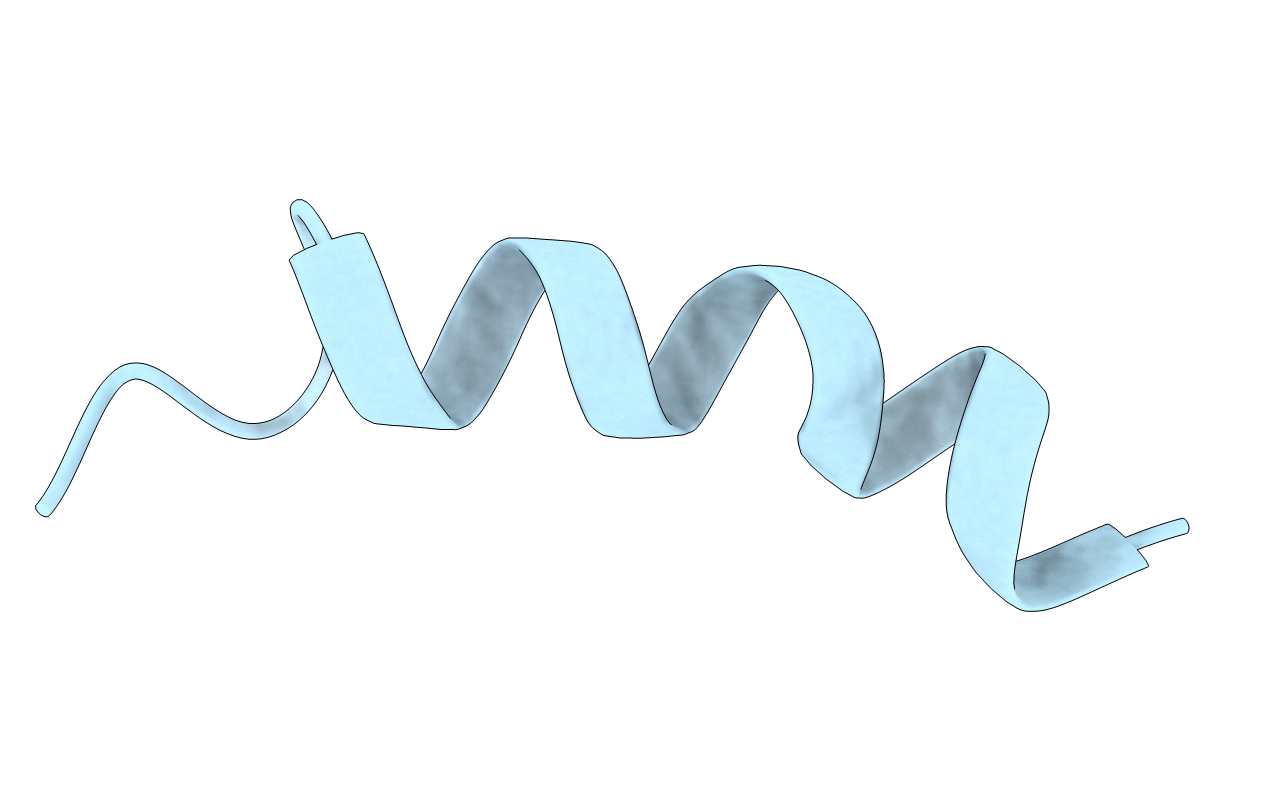
Deposition Date
2014-09-04
Release Date
2014-11-12
Last Version Date
2024-05-15
Entry Detail
PDB ID:
2MU7
Keywords:
Title:
Shortening and modifying the 1513 MSP-1 peptide's alpha-helical region induces protection against malaria
Biological Source:
Source Organism:
Plasmodium falciparum (Taxon ID: 5833)
Method Details:
Experimental Method:
Conformers Calculated:
50
Conformers Submitted:
1
Selection Criteria:
structures with the lowest energy


